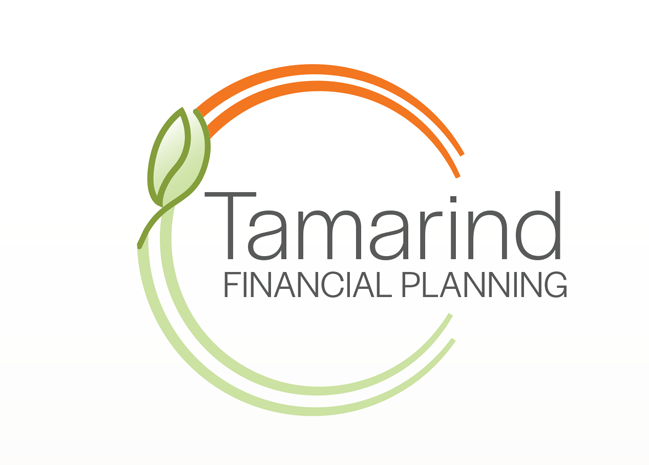When I was growing up, our local newspaper, the Kansas City Star, was full of news and had one page for opinion. After decades of cable news and nonstop digital postings, I see more opinions these days than news. That’s not a bad thing. But when it comes to investing, it’s crucial to remember the difference between news and opinion, and how they are sometimes used to forecast the future.
Any time the government releases new data on unemployment or inflation or interest rate changes, people start claiming they can forecast the future. That’s not necessarily a bad thing either. But most of what I hear people say isn’t what I would call “forecasting.” Forecasting is when you have a high degree of confidence in an outcome based on well-
proven models. The weather forecast for a few days from now is a lot better than anything I read in the Kansas City Star about investing. The weather forecast is pretty darn accurate. I’d sure call that kind of forecast the right use of the word. That’s different from someone issuing a “forecast” for when the Dow will hit a certain number. Or when inflation will reach a certain level. Or which five stocks will rise the most over the next year.
So when people say they forecast that something will be at this level at that time, I don’t call that a forecast.
That’s a wish.
And when people forecast that something will go down at a certain time?
That’s a worry.
Do you really want to invest your hard-earned savings—the money you’ll need for your kids’ college or your own retirement—based on someone’s hunch or wish? The good news is you can have a good experience without having to do any forecasting —I believe you just need to be a long-term investor with a truly diversified portfolio.
Please see the end of this document for important disclosures.
Do you really want to invest your hard-earned savings—the money you’ll need for your kids’ college or your own retirement—based on someone’s hunch or wish?
Over the last 100 years or so, the average return of the market has been about 10% a year.1 I won’t call it a forecast, but my best guess is that over the next 100 years the average annual return will be about 10%. Of course, there may be large fluctuations, just like we have experienced for the last 100 years (and like we have experienced in the last six months).
Instead of forecasting, focus on the power of what I think has been behind the stock returns of the last 100 years: human ingenuity. Millions of people at thousands of companies working to improve their product, enhance their service, and lower their costs —and all adapting in real time to a changing world. We witnessed the power of human ingenuity over the course of the pandemic. I’m seeing it again as companies adjust to deal with inflation.
The world has changed in so many ways since I was a kid reading the Kansas City Star. I still occasionally read it on my phone now. (It makes me chuckle when I imagine trying to explain to my grandparents that I read the newspaper on the phone.) While I expect the world to keep changing—I’m not forecasting when or how—I am confident that human ingenuity will be a constant. Whether in good times or bad, that’s reason to be optimistic.

